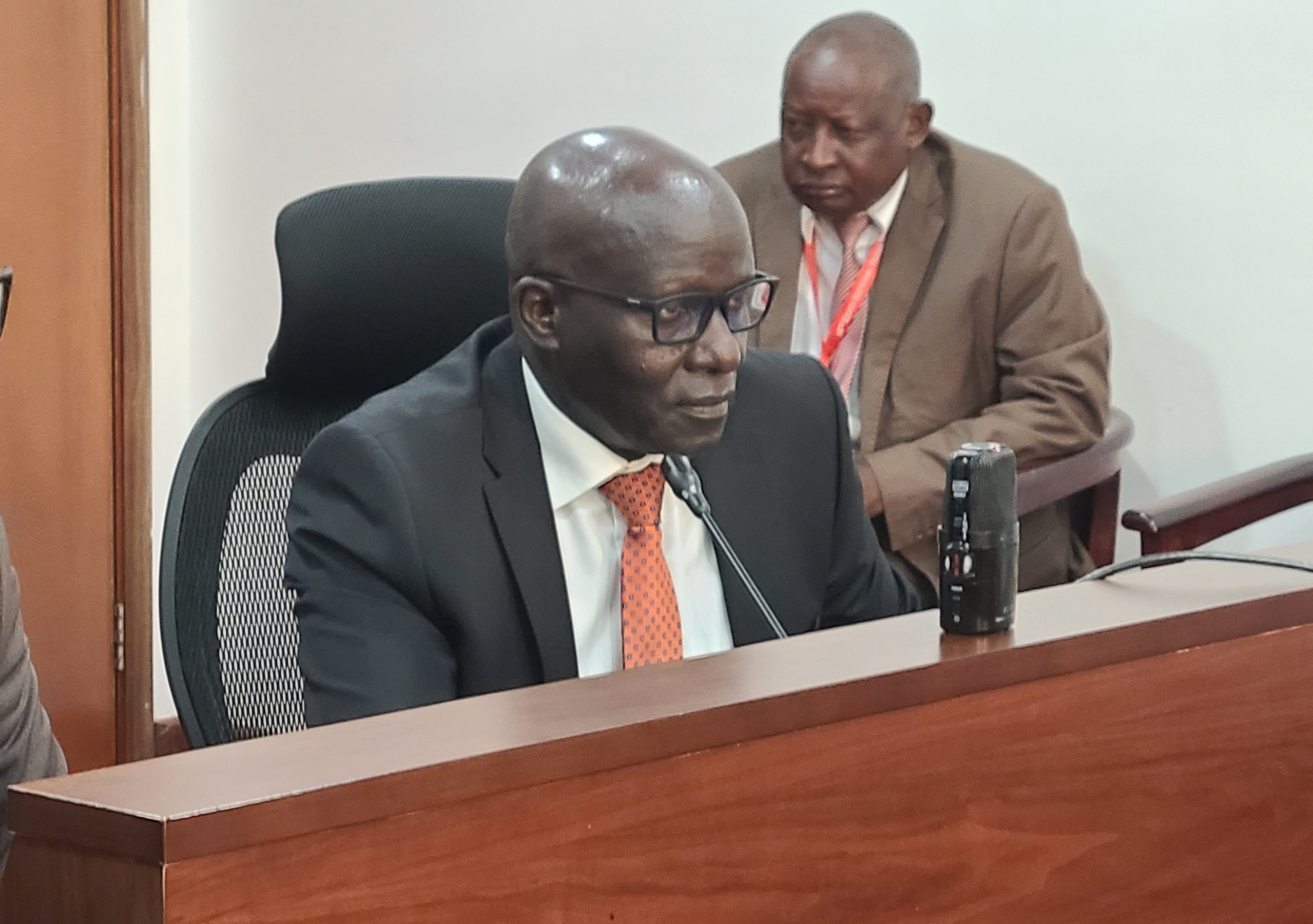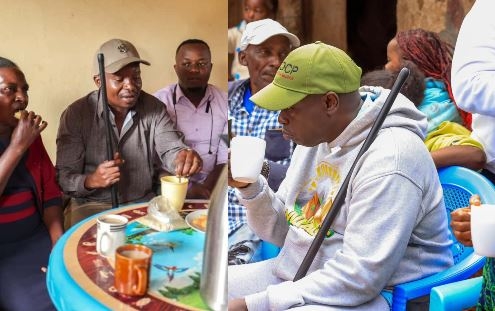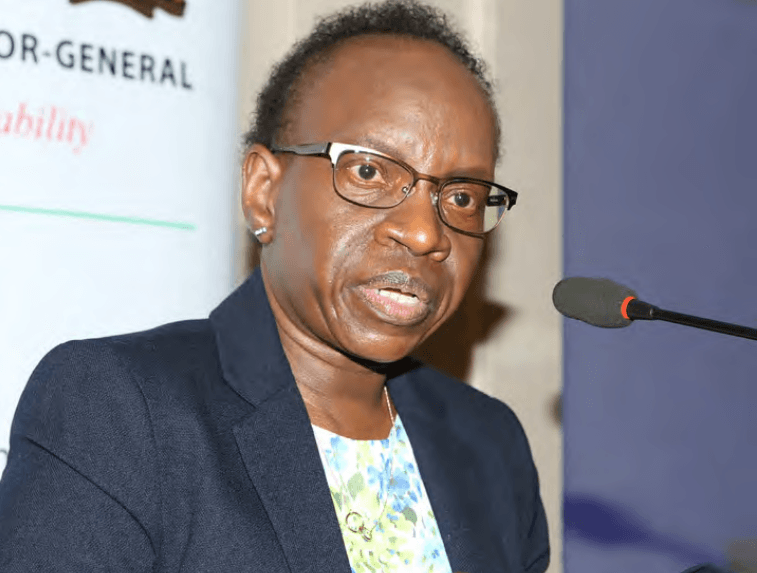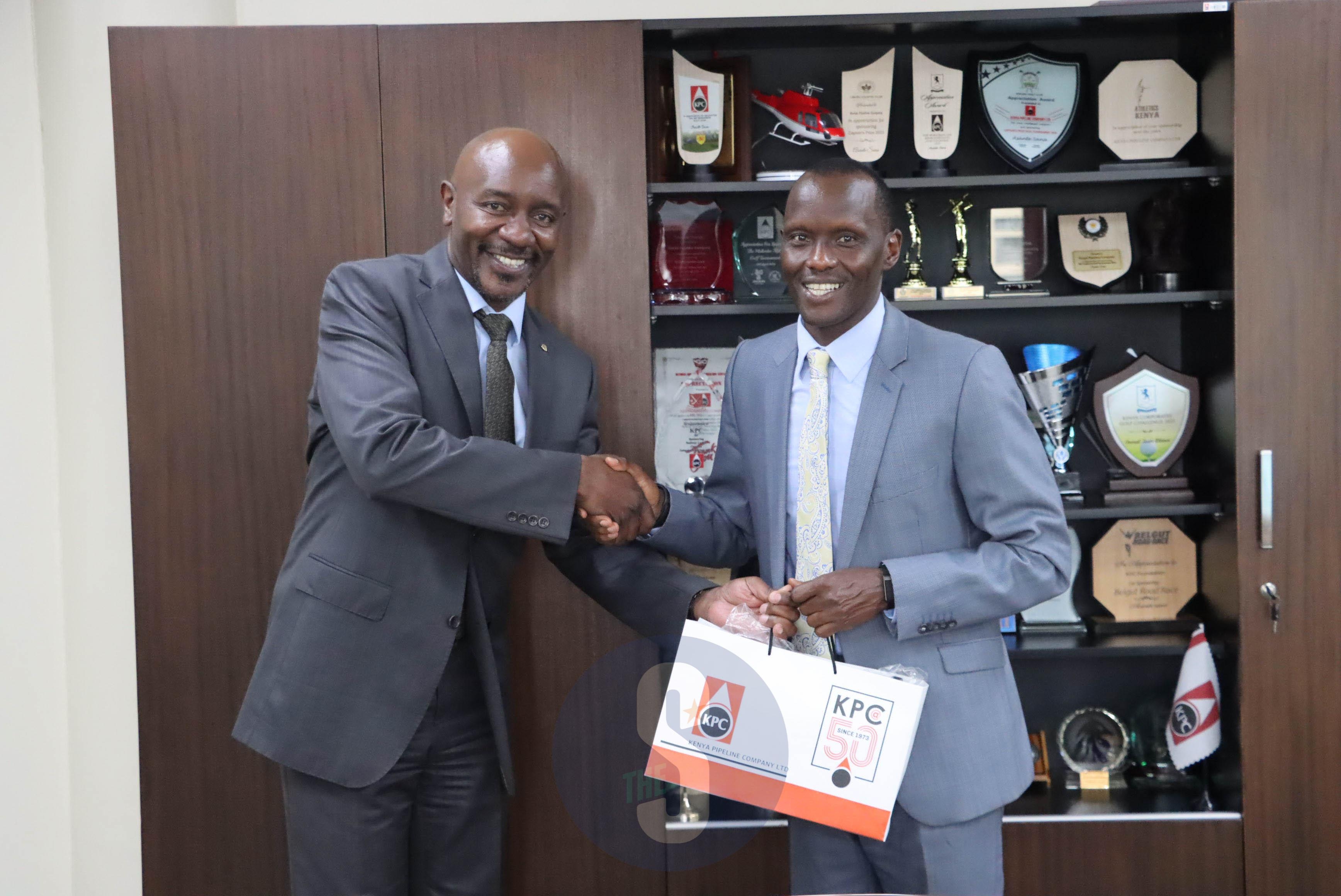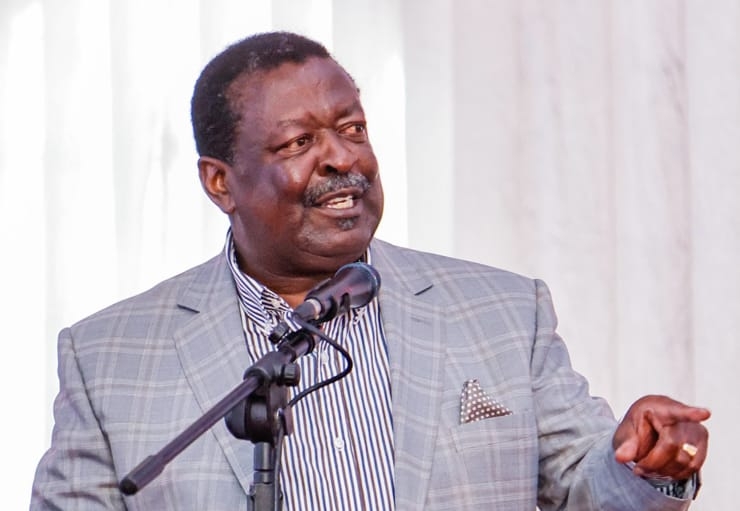Experts have said they are still not sure if El Niño will bring heavy rains to Kenya this year.
They said this will only become clear toward the end of next month, or in September.
Most parts of Kenya are currently dry.
Experts from the IGAD Climate Prediction and Applications Centre, a regional climate centre based in Nairobi, said it is not given that El Niño must cause heavier rains in the Horn of Africa, including Kenya.
They said there is also an important weather driver called the Indian Ocean Dipole that can cause depressed rains even when El Niño. conditions are present.
Indian Ocean dipole refers to the fluctuation of temperatures in the western (eastern African) and the eastern shores of the Indian Ocean.
“While an El Niño event typically corresponds to above-average rainfall in the Eastern Africa region, it is important to note that local drivers also exert a significant influence, resulting in varying effects of El Niño each year,” Icpac scientists said in a statement.
“For instance, despite 2018 being an El Niño year, most parts of the region received below-average rainfall during the OND (October-November-December season).”
During the positive phase of the Indian Ocean Dipole, which typically peaks in September–November, there is a warmer-than-normal sea surface near Eastern Africa and more rain here.
“The most recent notable effect of positive IOD was observed in October-December 2019 when it led to increased rainfall over most parts of Eastern Africa. Furthermore, when both the IOD and El Nino are in positive phases, they typically lead to enhanced rainfall, as demonstrated by the widespread flooding caused by the positive IOD and El Niño event in 1997,” Icpac said.
Currently, the Indian Ocean Dipole is in a neutral phase, but the forecast indicates the development of a positive event that is expected to persist through the OND season, peaking in August before weakening.
“It is important to acknowledge that while El Niño forecasts are more reliable, the accuracy of IOD forecasting improves notably in August-September. Thus, a conclusive understanding of the IOD's evolution and its impacts on the OND season can only be determined towards the end of August,” Icpac said.
The statement said El Niño will only bring heavier rains if both the predicted El Niño and the positive IOD materialise.
“However, this increased rainfall could also lead to more extreme weather events such as flash floods, riverine floods, mudslides and landslides,” Icpac said.
“Furthermore, existing human disease outbreaks such as cholera, measles, and malaria will likely worsen with the impact of flooding, aggravating acute malnutrition.”
The organisation said governments and humanitarian agencies should ensure that early warning information reaches all, and contingency planning is in place.
The Kenya Meteorological Department also said El Niño does not automatically bring heavier rain to Kenya.
“While heavy rains are commonly experienced during El Niño events, it is also notable that these effects are typically most significant during the ONDJ months and not in June, July and August," Met director David Gikungu said.
"It should also be understood that El Niño is not necessarily a direct cause of heavy rainfall. While it can impact weather patterns and result in heavier-than-normal rainfall, the effects of El Niño can vary significantly between events.”
He said in 1987 for instance, OND season was an El Niño event that did not result in heavy rainfall over the country.
Additionally, in 2015, the El Niño index was higher than that of 1997 but the country did not experience as much rainfall as it did in 1997.







